How the 1 Trillion Trees Initiative Can Have a Real Impact on Climate

Get news, updates, & event Info delivered right to your inbox:
How The 1 Trillion Trees Initiative Can Have a Real Impact on Climate
Trees are finally getting the international attention they deserve thanks to their potential as a natural climate solution for absorbing carbon, restoring vital ecosystems, and helping humanity adapt to a climate change. Reforestation campaigns have been on the rise over the past few years, with everything from cities and countries aiming to break world tree planting records to popular influencers and businesses that want to give back to nature.
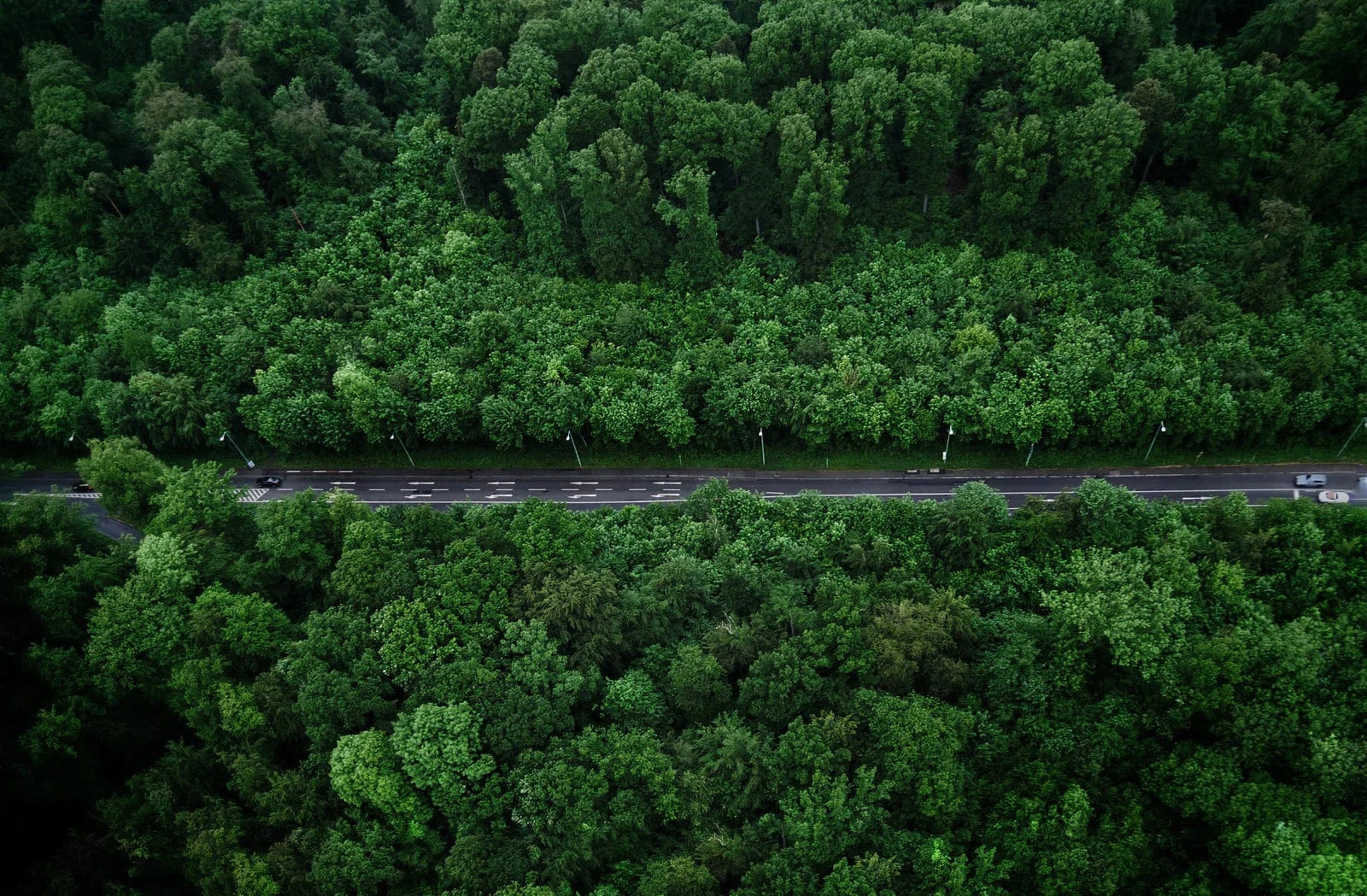
The latest major development came at the January 2020 session of the World Economic Forum, where the One Trillion Trees Initiative was announced as a means to rapidly increase global reforestation efforts. We expect this enthusiasm for trees will only grow over the next 10 years because the United Nations has declared 2021-2030 the Decade on Ecosystem Restoration. Thanks to this declaration, corporations and governments have made commitments to plant, restore, and preserve millions of acres of land around the world.
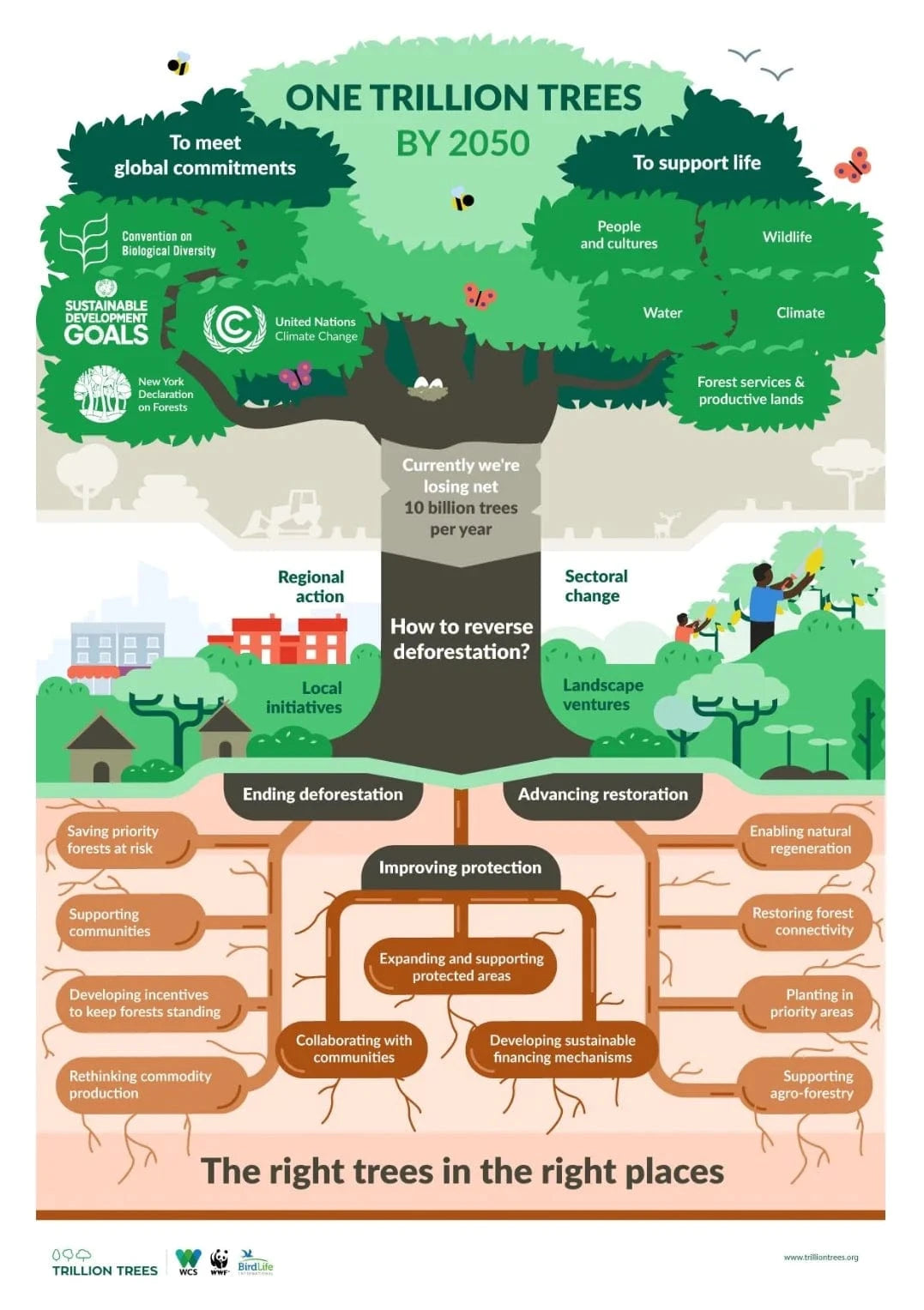
Science has played a part in this global awareness, with hundreds of studies contributing to the global conversation around Climate Change and reforestation. In July 2019, Jessica B. Turner-Skoff et. al of the New Phytologist Trust shared that "trees can increase the well‐being of a majority of the world's population." And aJanuary 2020study by James Mulligan et. al of the World Resources Institute touted planting trees as one of the best ways to absorb carbon dioxide from the atmosphere.
While it is clear that planting trees alone won’t save us from Climate Change, it can help tip the scales in our favor as we address other important factors.The Intergovernmental Panel on Climate Change has made it clear that we need to reach carbon neutrality by 2050 by phasing out fossil fuels. After 2050, we need to maintain carbon negativity at least until 2100 to stabilize rising temperatures at 1.5 C. Reforestation, with its enormous potential for global carbon capture, will play an essential role in this effort.
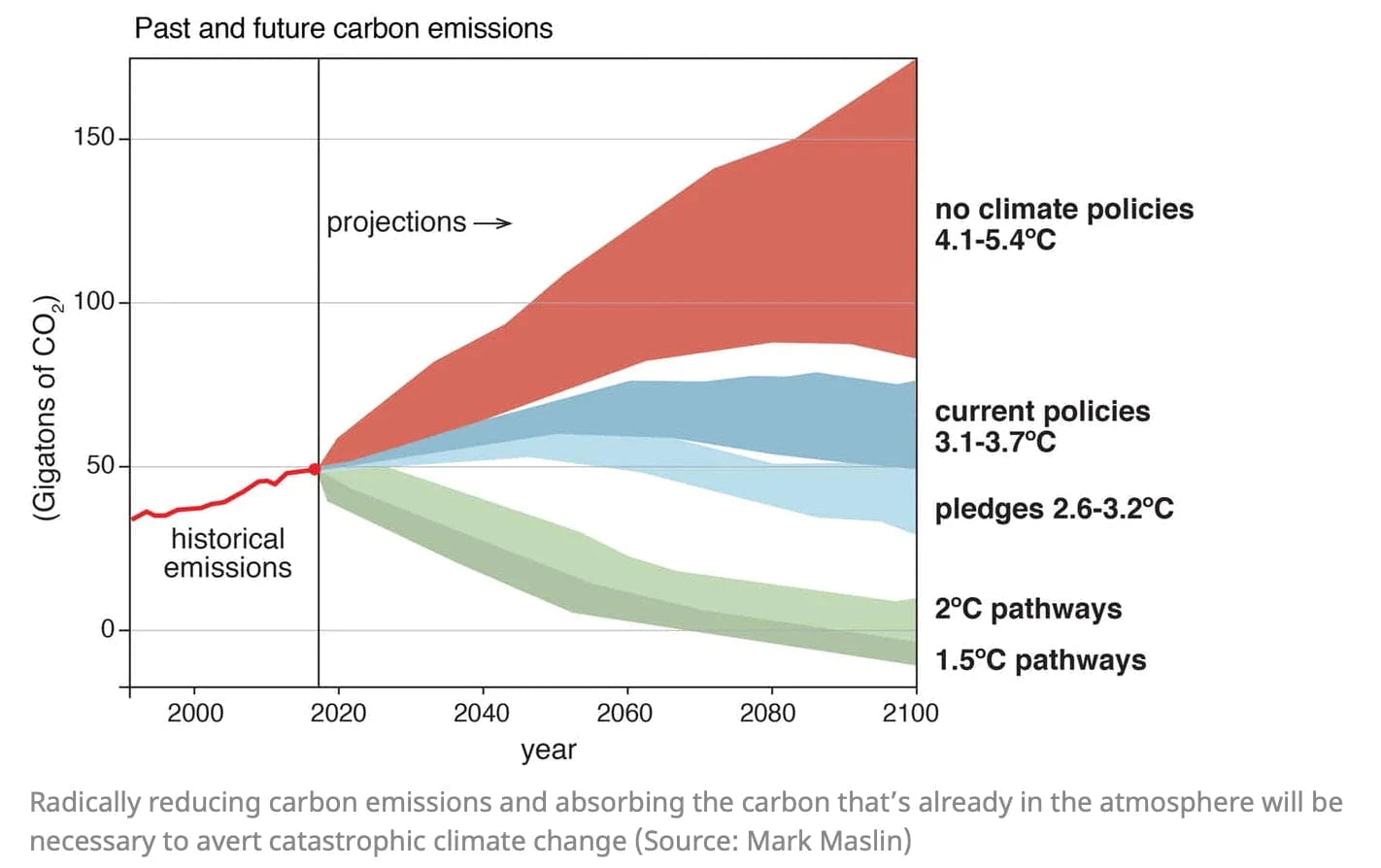
Quality Matters to Get the Trees Planted Right
That said, planting a trillion trees is a lot easier said than done, especially if we care about ensuring that those trees survive. If they don’t, they won’t be able to effectively reduce atmospheric carbon or revive the complex beneficial ecosystems on which we depend.
Many of the ambitious pledges and commitments that gain media attention lack the crucial details needed to ensure that such extraordinarily large targets will be met. This is concerning because, in some cases, more modest goals set in previous years have still not been achieved.
Nonetheless, we wholeheartedly believe that by working together, we can accomplish the audacious goal of planting one trillion trees. And here’s how it can be done to ensure that this results in a lasting, positive impact.
Increasing Scale and Capacity
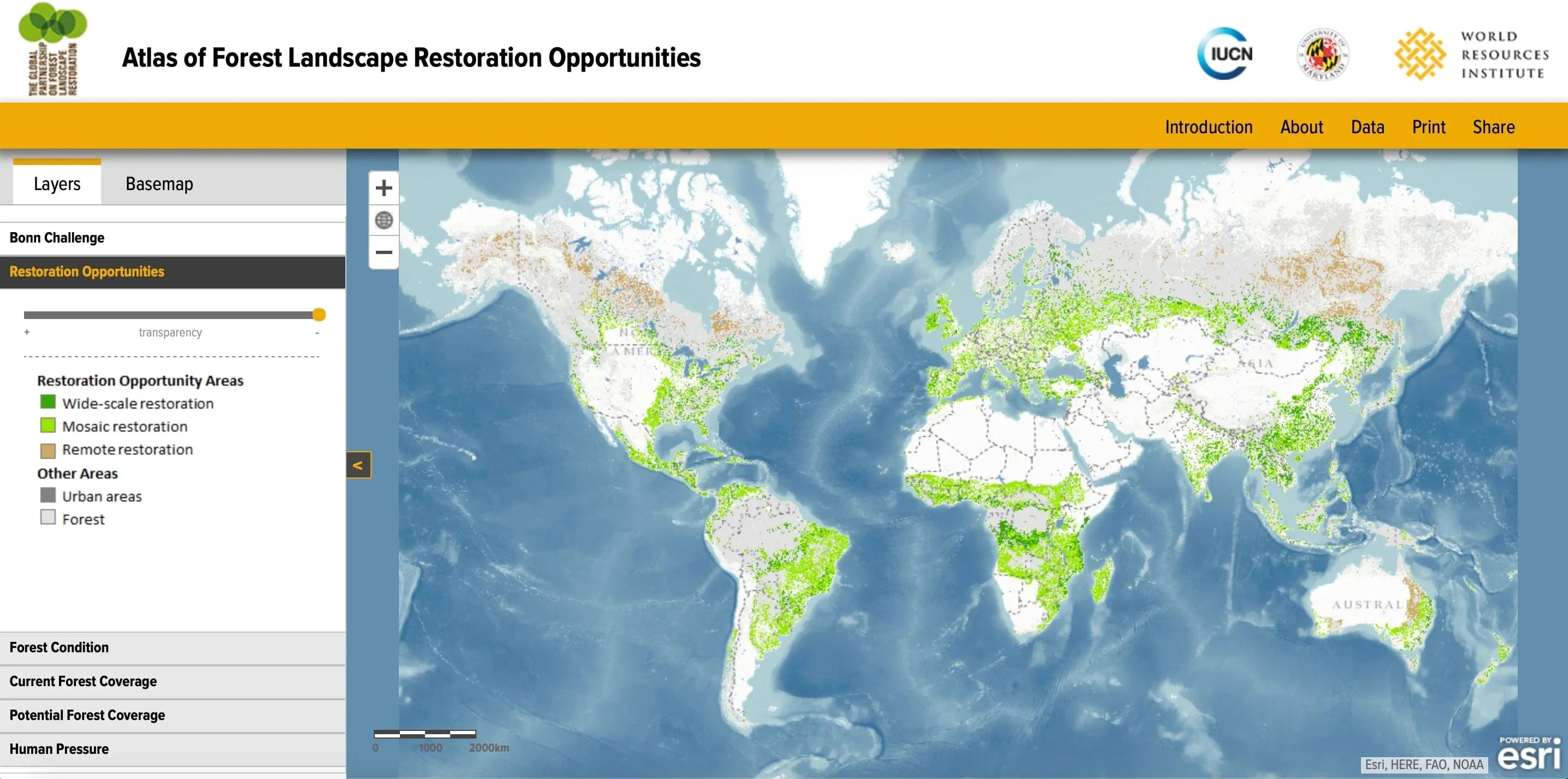
Scaling up reforestation may seem simple, but it can be anything but. As land area increases, pressures are dialed up and new, unexpected obstacles have a tendency to pop up. Because of this, it is extremely important to include local stakeholders, who can provide a dose of reality to grand initiatives. As scale increases, claims to land can become murky, making it difficult to protect the rights of local and indigenous land owners and occupiers. In addition, accounting for variable landscape features throughout intended regions is important in determining where and how to plant.
As you can see, to scale up requires thoughtful consideration of the capacity, impacts, land uses, and existing infrastructure in the intended area.
Some questions to consider:
- How long will it take to grow a sizable supply of native seeds?
- Are there enough nurseries to support thousands of seedlings?
- Will tree-planting organizations be able to recruit and train enough volunteers to start, plant, and nurture sensitive saplings?
- Can the local ecology withstand concentrated activity, or will it prove detrimental to sensitive species?
- Will the project comply with regulations set by local and regional governments?
- Will it put pressure on existing agricultural operations, potentially leading to increased deforestation and other unintended consequences?
And finally, does it follow these core principles of good reforestation:
- Restoration should enhance and diversify local livelihoods, not threaten them.
- Afforestation should not replace native ecosystems.
- Reforestation should promote landscape integrity and biodiversity, not monocultures.
- Projections of Carbon Capture should account for the loss of current vegetation.
Working With Local Communities
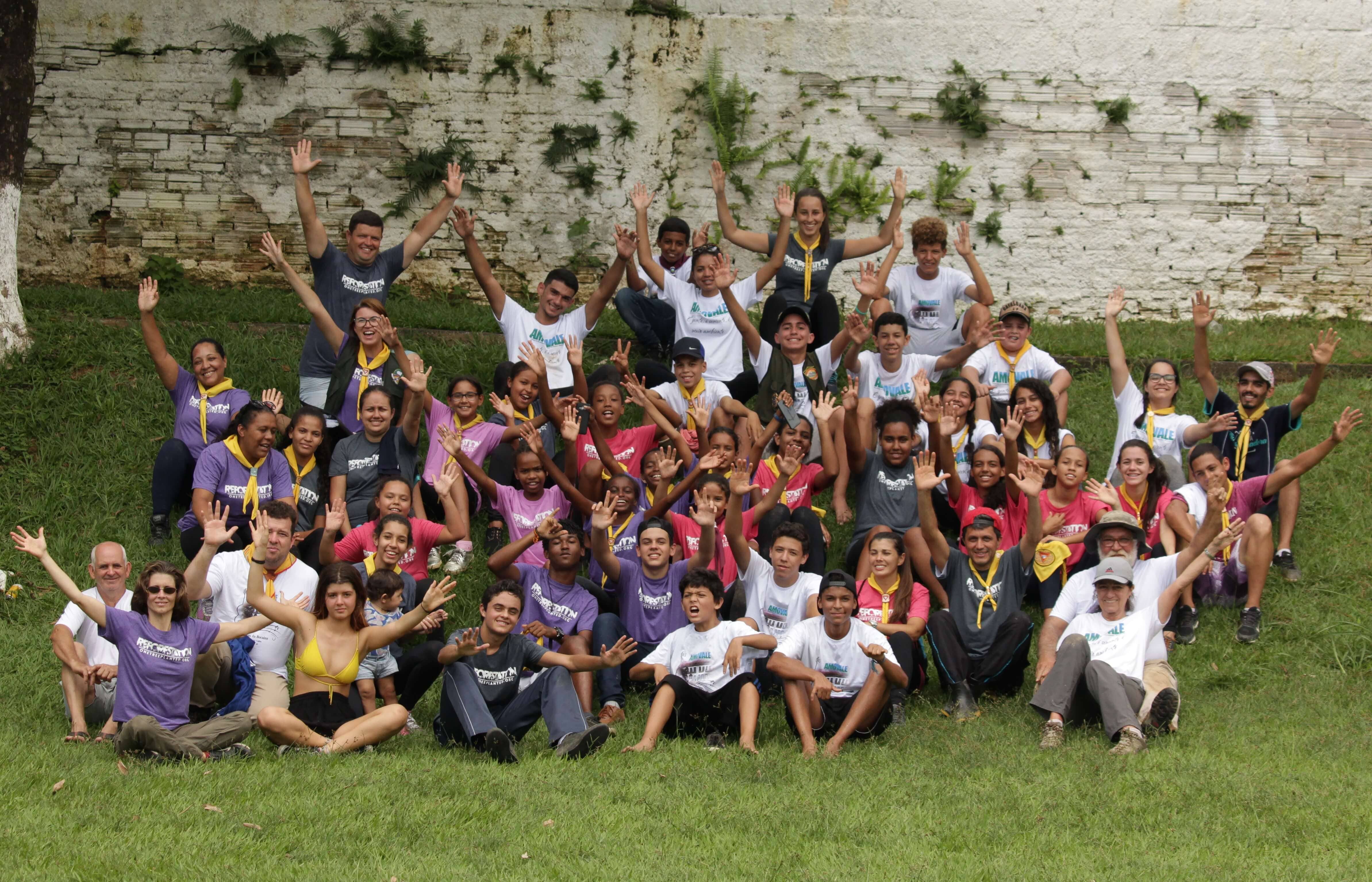
Over the years, we have found that an inclusive approach works best. By collaborating with and involving local stakeholders, we ensure that they play an active role in guiding and implementing projects. In doing this, we are able to mitigate common barriers to success. After all, when the last tree is planted and attention has shifted to other projects, it is the local communities that will decide the fate of millions of trees. Knowing this, we develop strong partnerships everywhere we go.
These partnerships inform the approaches and practices that will best serve each unique community and region. Ensuring that everyone’s needs are met necessitates taking a wider view of the landscape.
Investing in Maintenance and Conservation
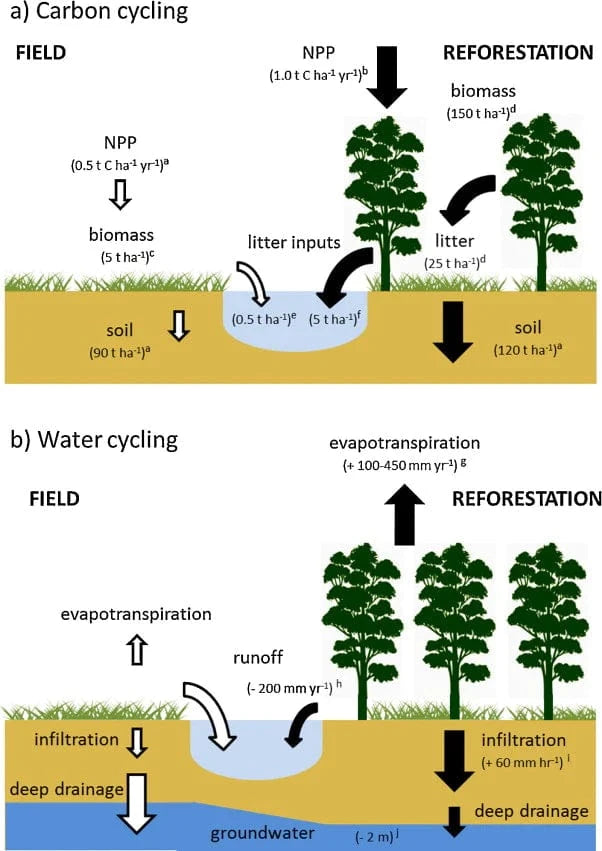
As important as it is to get trees into the ground, it can be argued that maintaining each plot after planting is even more important. Unfortunately, this crucial part of the process can be forgotten in the rush to hit lofty planting goals. Proper maintenance of sensitive seedlings, especially during the first year, requires dedicated people and solid infrastructure. Close monitoring is necessary to determine regional effects and to adapt to changing conditions. Working with local organizations and stakeholders will ensure that viable, cost-effective solutions are implemented.
We’re excited to join hundreds of businesses, governments, and NGO’s worldwide in working on the 1 Trillion Trees Initiative. With the right approach, this project has the potential to address Climate Change on a scale never before seen. It’s a truly inspiring way to kick-start the UN Decade on Ecosystem Restoration and we can’t wait to roll our sleeves up and get to work. Ready to support reforestation? Let's do it!
Get news, updates, & event Info delivered right to your inbox:
Related Posts
Winter and Trees: How Do Trees Survive Winter?
09/12/2025 by One Tree Planted
Why Trees Are Great Holiday Gifts
04/12/2025 by Meaghan Weeden
Real vs. Fake Christmas Trees: Which is Better For the Environment?
20/11/2025 by Meaghan Weeden
Popular On One Tree Planted
What Causes Deforestation?
10/07/2025 by Meaghan Weeden
8 Amazing Bamboo Facts
14/01/2025 by Meaghan Weeden
Inspirational Quotes About Trees
09/01/2025 by Meaghan Weeden
Fundraising Disclosures

Be Part of the
Restoration Movement
The Grove is more than just a monthly giving program: it's a vibrant community of individuals who are dedicated to reforestation and environmental restoration on a global scale.
As a member of The Grove, you affirm your commitment to restoring forests, nurturing biodiversity, and fostering positive global change.





